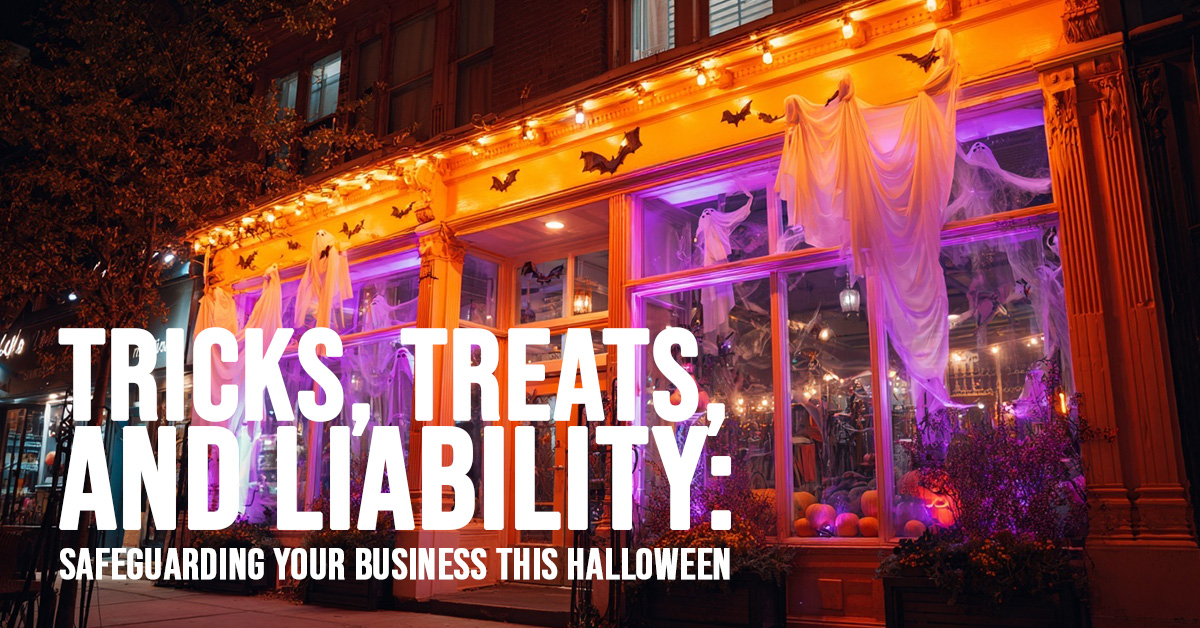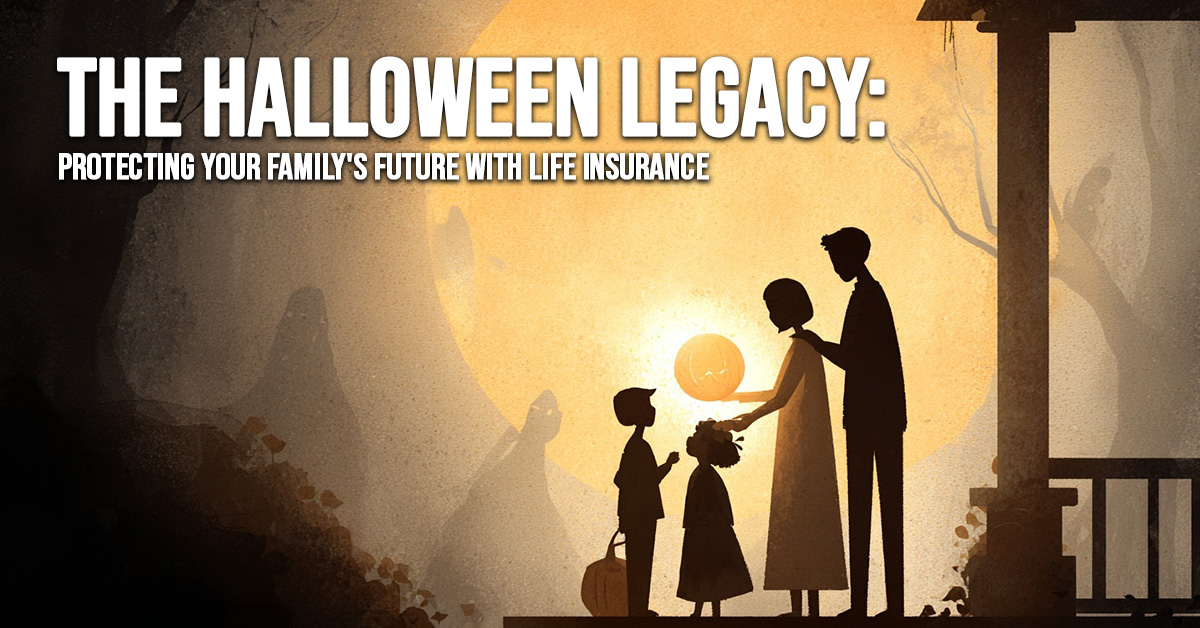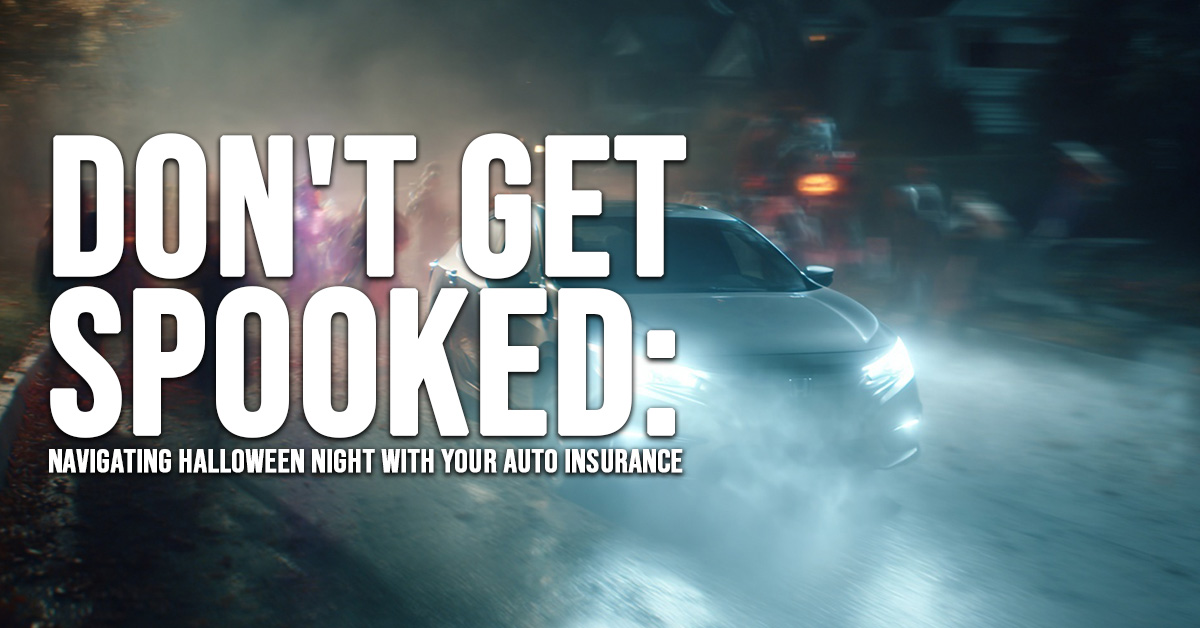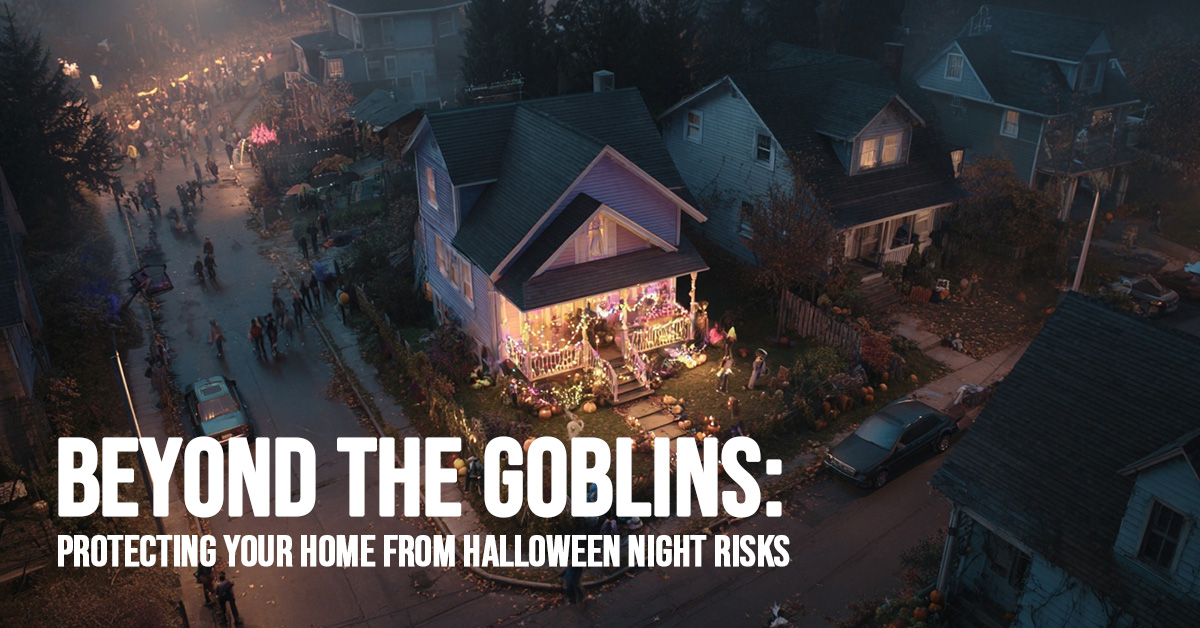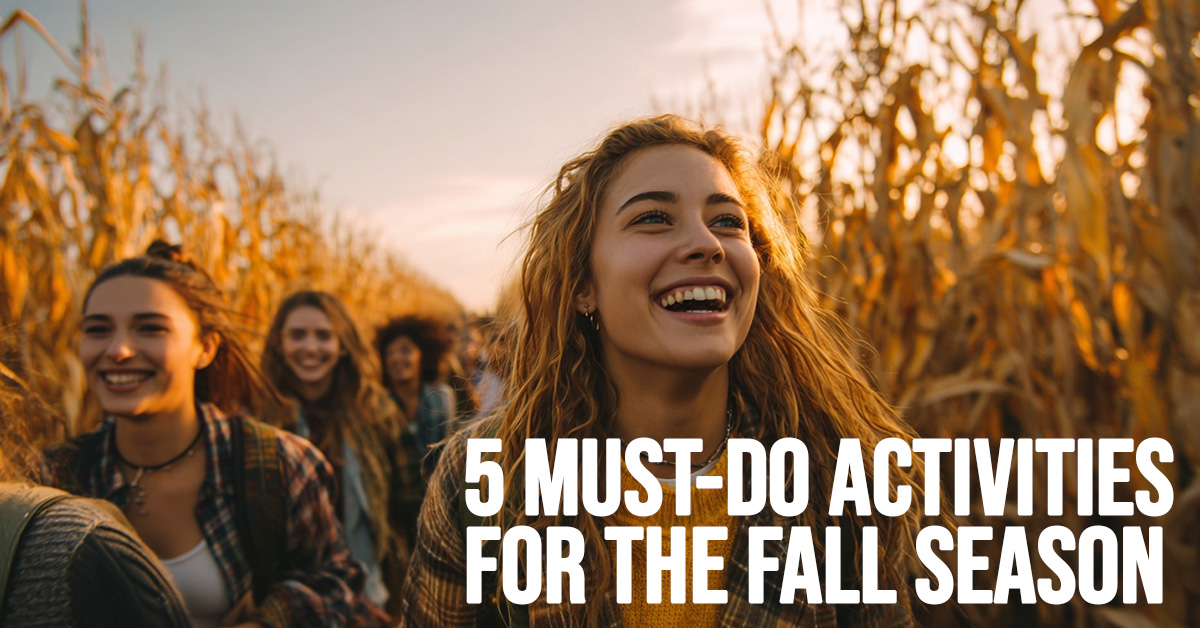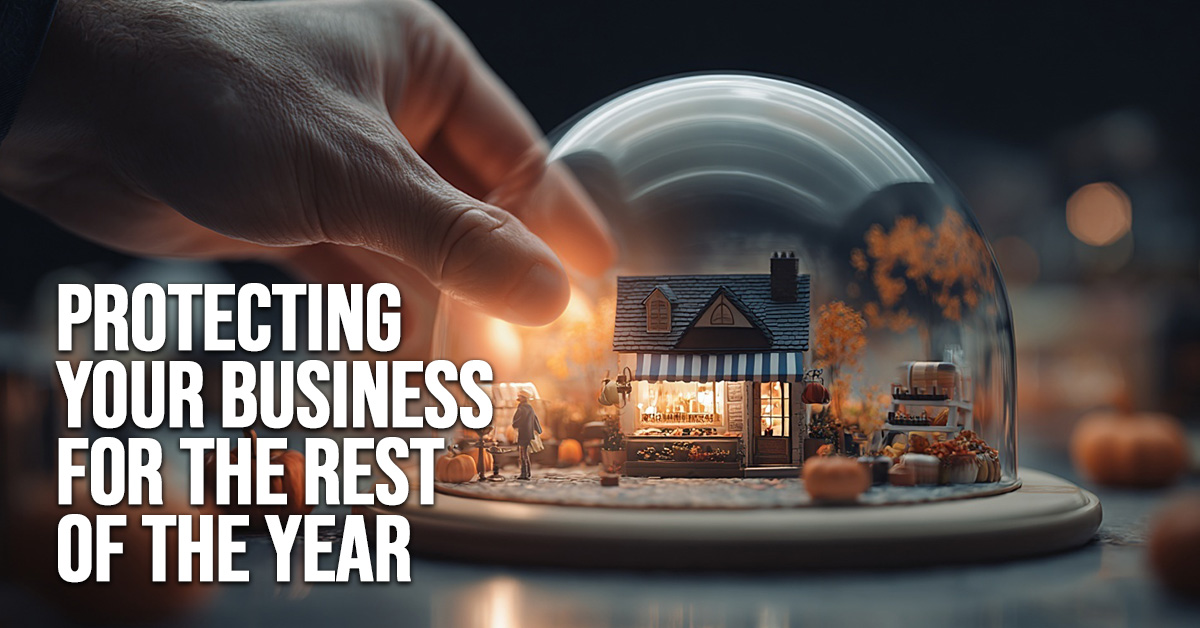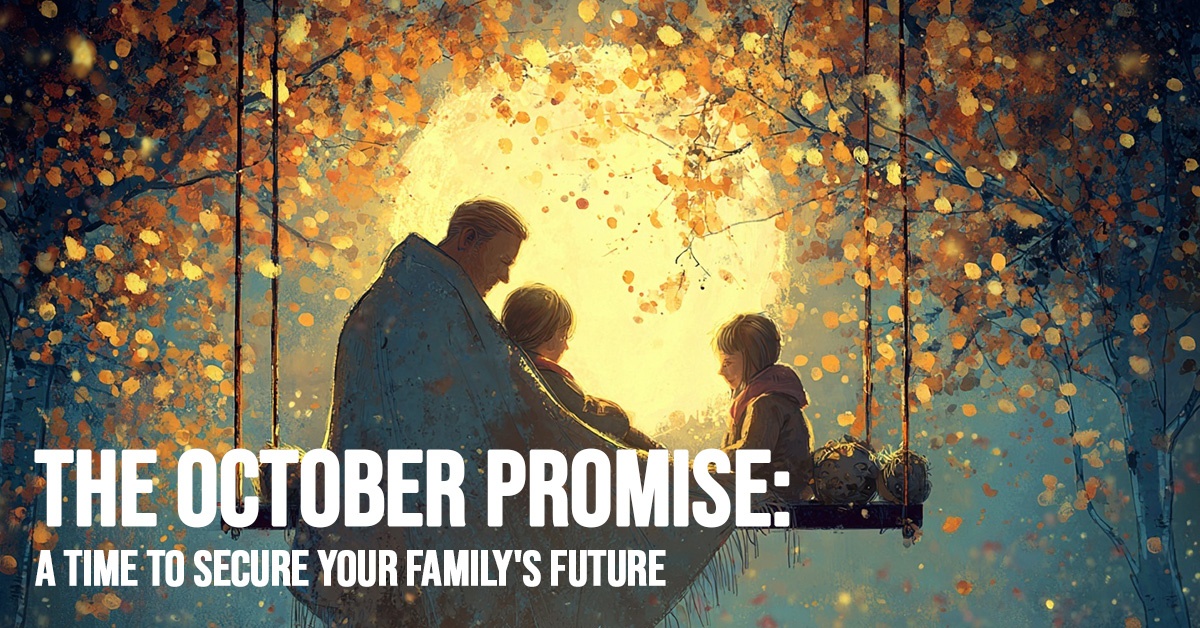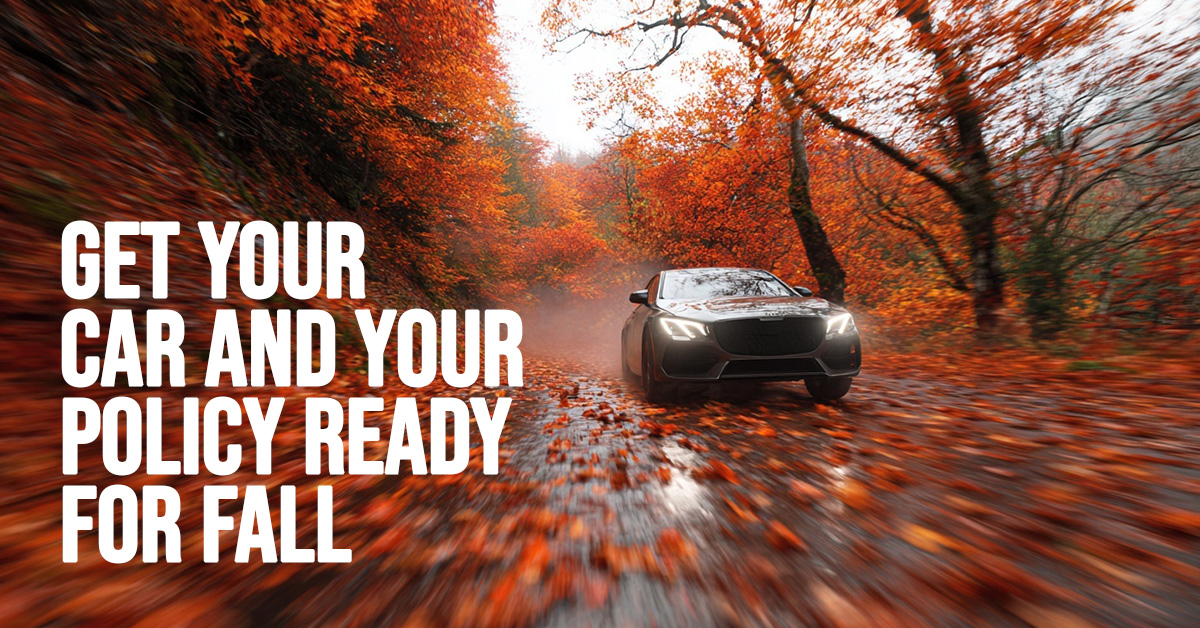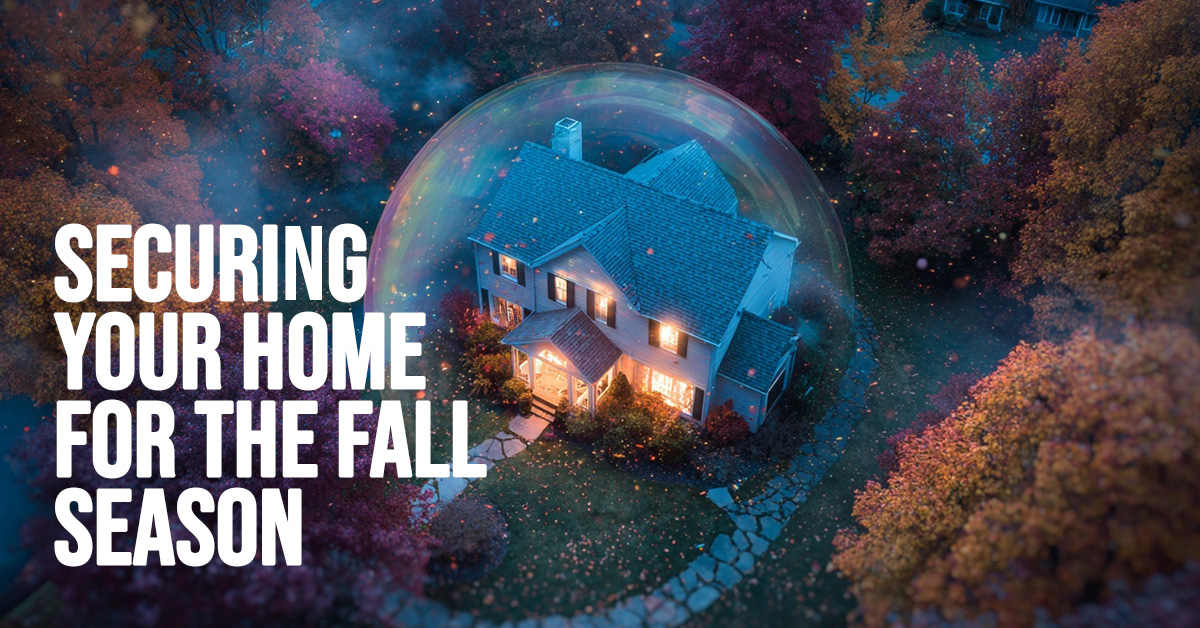Nighttime Navigation
It’s 10 o’clock. You’re lying on the couch, and one of those advertisements that looks like the Willy Wonka and the Chocolate Factory introduction comes on. The rich, gooey chocolate is dripping delectably and magically into a perfect shape, followed by an image of an actress seductively biting into the now-solid delicious looking chocolate. Drool drips from your sweet tooth. You find yourself walking in a daze to your car, and before you even realize what’s going on, you’re on your way to the grocery store.
You just worked all day, and you’re fatigued and delirious from lack of sleep. That commercial keeps replaying in your mind, like a dream. Then—right in front of your car—is a deer. Suddenly, you’re jolted out of your daze and wide awake, attempting to swerve to prevent damage to your car and the death of an animal. You’re too late. Now you’re definitely not getting that chocolate.
Once you get past the terrible loss—of your dessert—you realize this incident could have been prevented.
Driving less at night reduces the chances of an accident. Over 40% of fatal car accidents happen at night.
Why?
- High fatigue levels increase the time it takes for you to react.
- Drunk drivers. Most commonly, intoxicated drivers are on the road at night—so beware.
- With the lack of light and increased glare, it’s much more difficult to see road signs. Also, it’s hard to see from your peripheral in the dark.
- Deer, and other animals. Please try not to kill an animal, your car, and your dessert dreams all at the same time.
Save a life—buy dessert ahead of time.
 By: KayLynn
By: KayLynn

